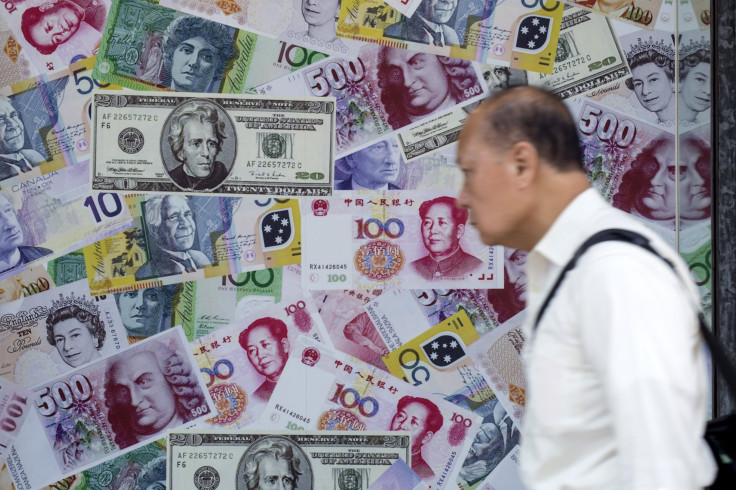China's Renminbi Is Plunging At A Historic Rate, Raising Fears For Chinese Economy

China’s renminbi is falling at a record-setting pace. If Chinese central bankers fix the value of their currency at a lower rate Monday, it will mark the longest stretch of consecutive weakenings since it was officially unpegged from the U.S. dollar in 2005.
The depreciation helps China’s export-oriented sector, but fuels investor concerns and ongoing frustrations over trade. It also comes as Chinese economic growth has slowed.
The People’s Bank of China has fixed the renminbi lower for 10 trading days in a row, tying similar streaks last month and during the crisis-ridden summer of 2008. In the past two weeks, the value of the currency, aka the yuan, has dropped 1.49 percent, the Financial Times reported.
In August, the renminbi fell 4 percent -- although in that case the depreciation took place over a shorter period.
The latest losing streak came weeks after the International Monetary Fund designated the renminbi as one of the world’s elite currencies, adding it to a basket that also encompasses the dollar, euro, British pound and Japanese yen.
It also came shortly after the People’s Bank of China announced it would begin measuring the value of the renminbi against a basket of global currencies rather than against the dollar alone. Analysts interpreted the move as an attempt to draw attention away from the renminbi's politically sensitive slide against the dollar.
Politicians in both major American political parties have decried what they deem currency manipulation by the Chinese. And U.S.-based manufacturers and labor unions are especially critical of the effects of Chinese currency devaluation.
The drop in value is expected to continue well into 2016.
“We are looking for larger depreciation in the first half of next year, and then a stabilization,” Ryan Lam, the head of research at Shanghai Commercial Bank, told the New York Times.
© Copyright IBTimes 2024. All rights reserved.





















